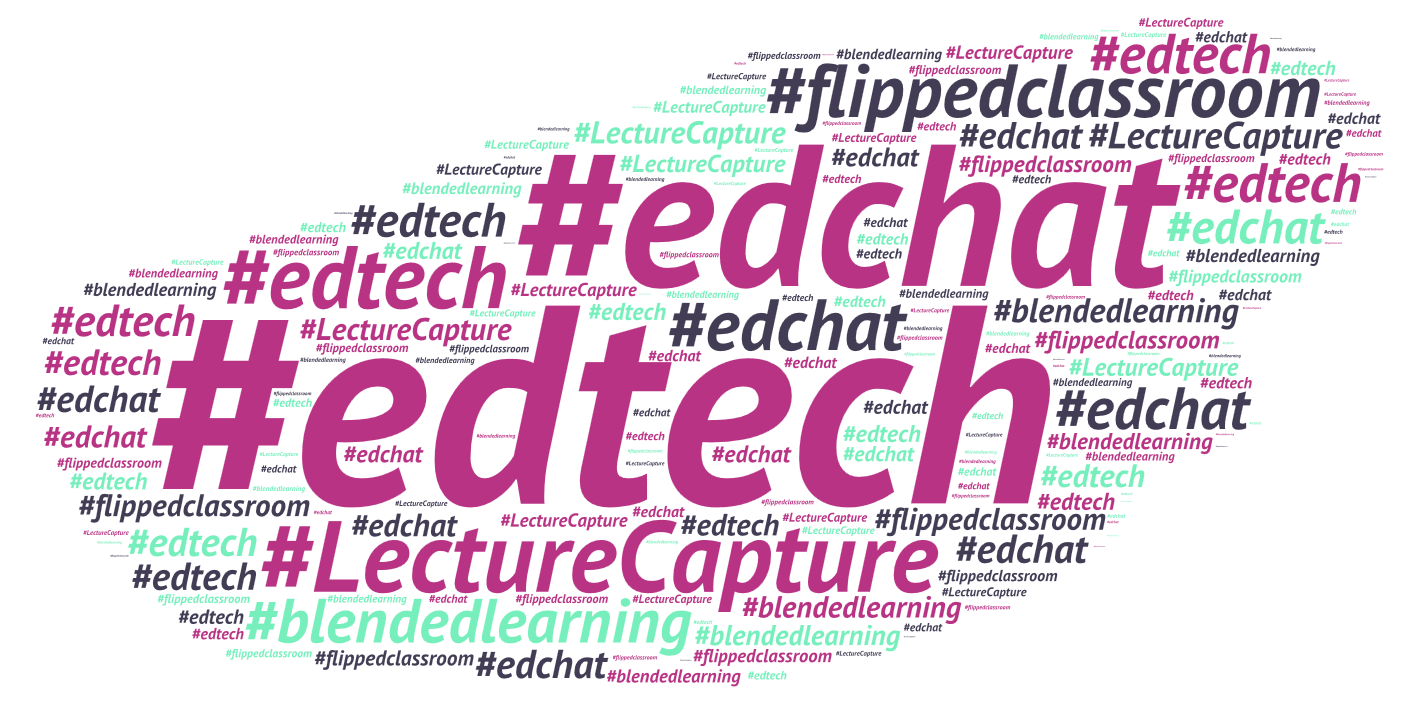Transforming Higher Education – The Future is Now

This week’s top edtech / edchat stories focused on what the future might bring and how technology will transform education. I love these “crystal ball” articles. Two such articles came across our Twitter feed this week, each predicting technology trends emerging in both the near and long-term.
What will education look like within the next 5 years? According to this article, blended learning and BYOD are among the many trends that will hit the mainstream. One 2014 survey reported that 81% of schools had a BYOD policy or planned to implement one.
In this interesting article, Pragati Verma writes about 5 Tech Trends that will Transform Education by 2025. Many of the trends she predicts are starting to appear today. For example, our Active Learning Platform already let a student “learn from anywhere.” We’re already leveraging the cloud for efficiency, and analytics can help instructors adapt content to accommodate at-risk students and those who learn at different paces.
Can educational technology be used to predict or improve chances of student success? Here are (at least) 3 Ways Educational Technology Tools Predict Student Success. Once again, we’re on the leading edge of this trend, as student engagement tools within the Active Learning Platform give instructors “low-stakes testing” options such as questions, polls, quizzes, and more. This helps instructors get a better sense as to which students are learning without having to resort to more formal assessments.
Finally, we all know how Einstein’s famous equation, e=mc2 changed the world. Is there a similar formula that can change learning and education? In this article, Focus on Real-World Problems with Flipped Learning, the authors believe the equation, FL+PBL=GL (Flipped Learning + Project-Based Learning=Great Learning), will have a similar effect on education.
You owe it to yourself to explore what is possible with active learning technology. Click on the icon below and take our 5-Minute Lecture Capture Quiz. From blended learning, flipped classes, distance learning, improved accessibility, student engagement tools, to analytics, it’s all there. The future is indeed now.



